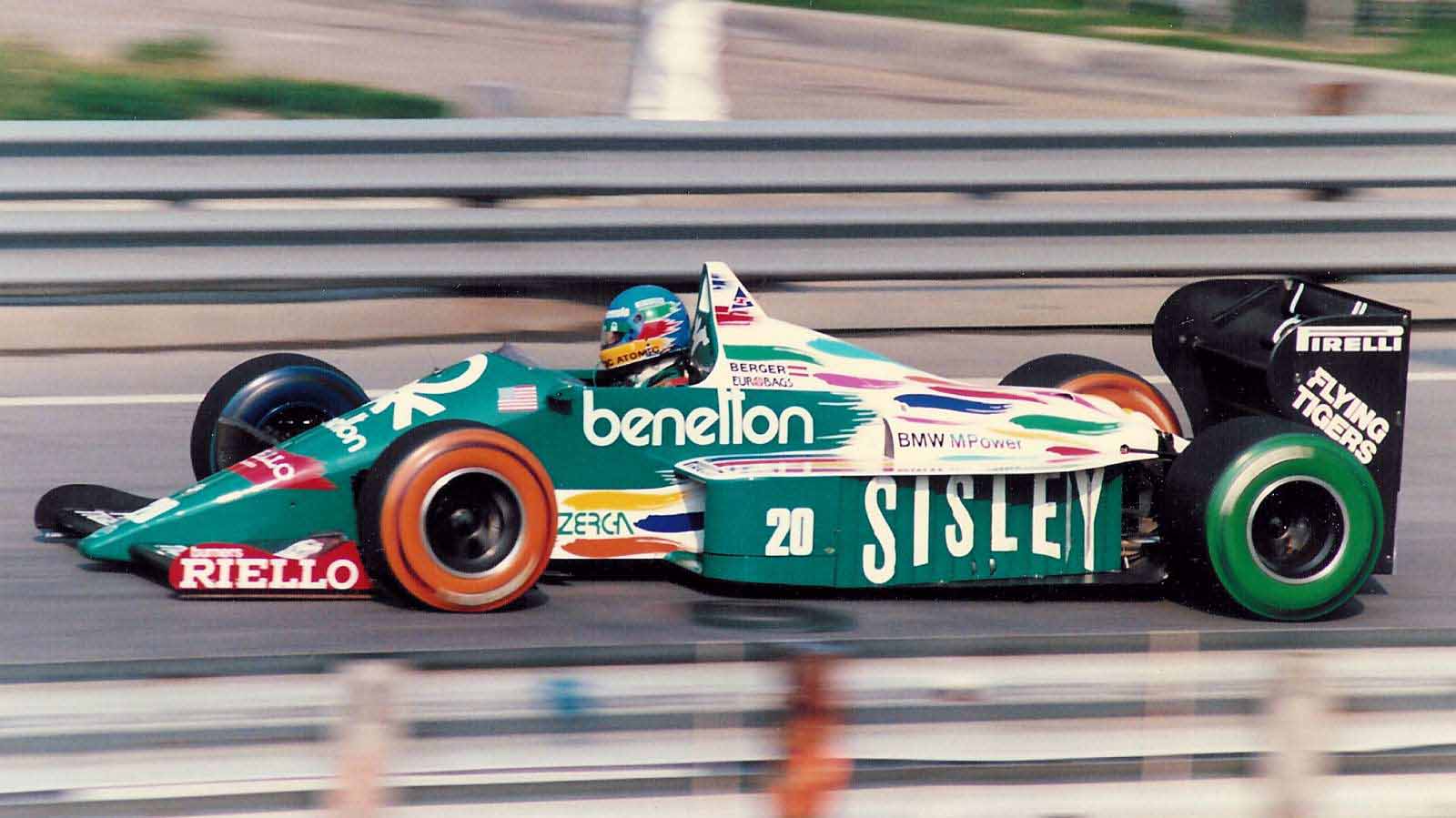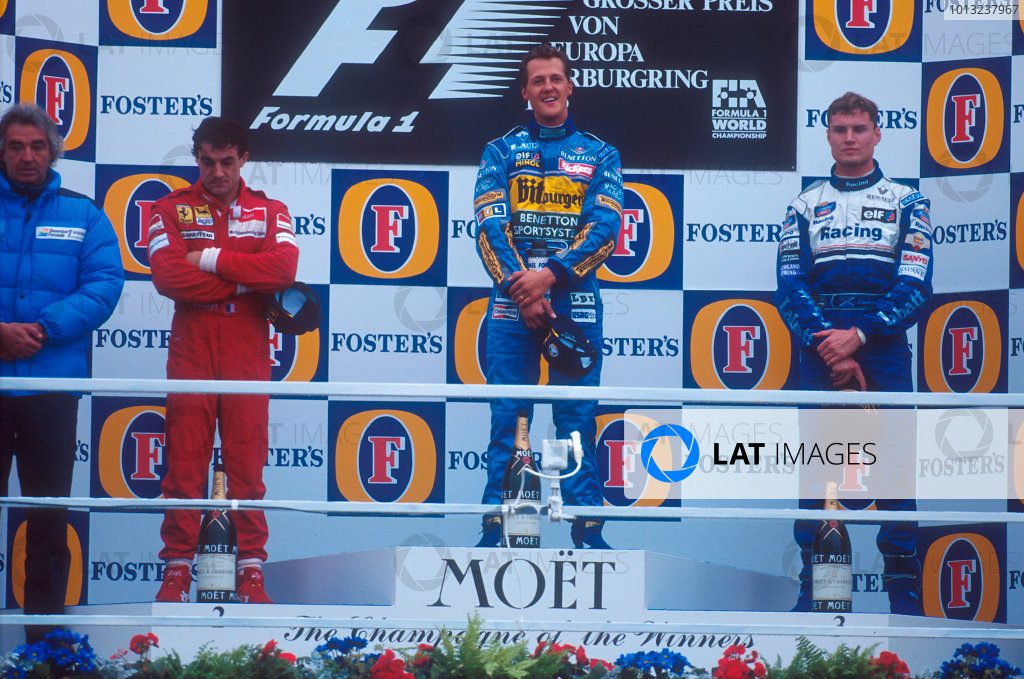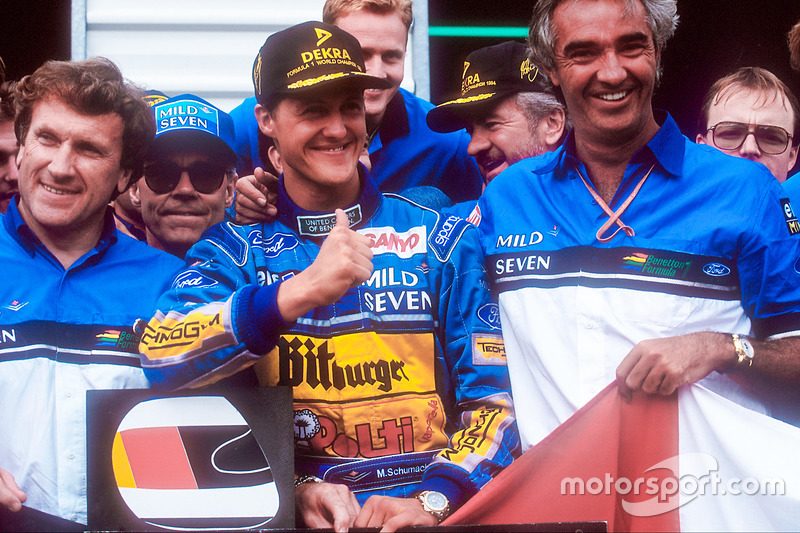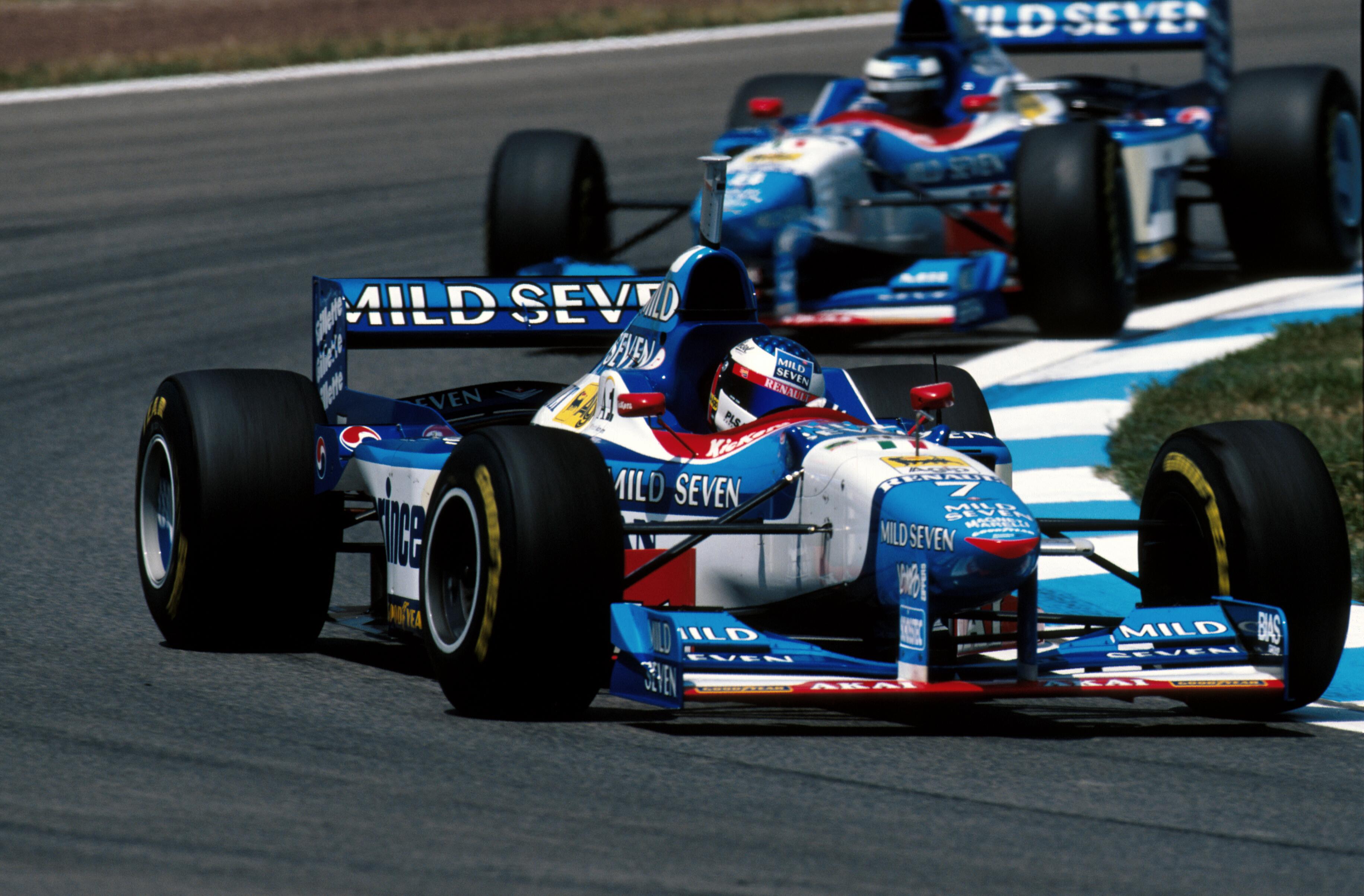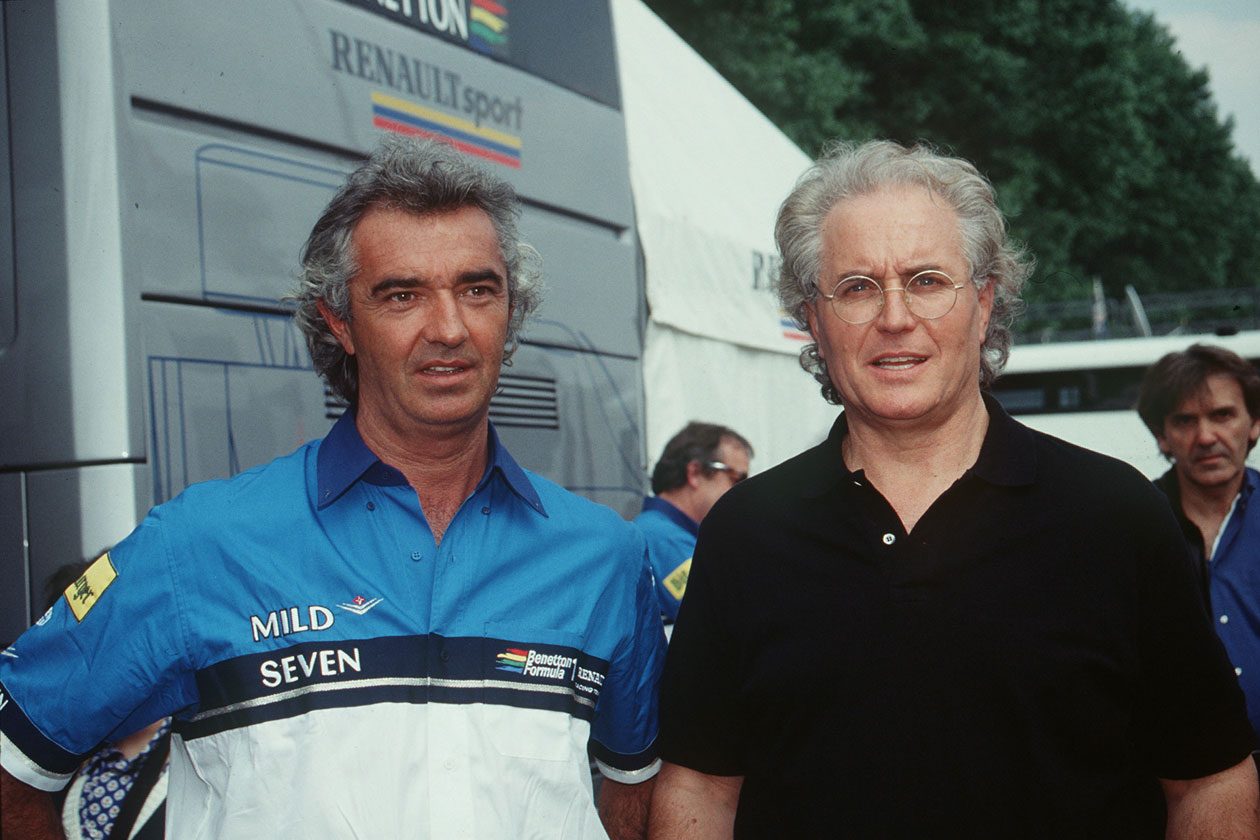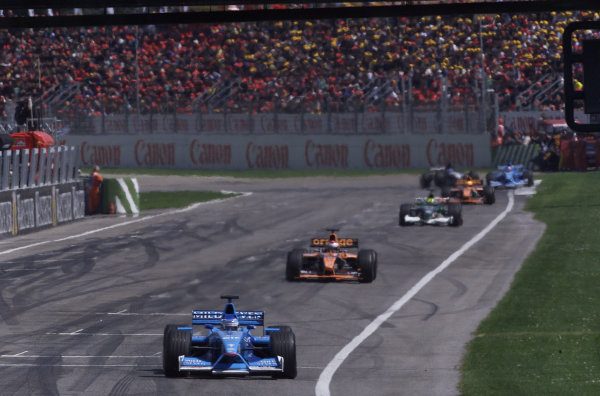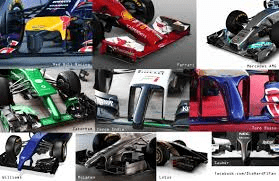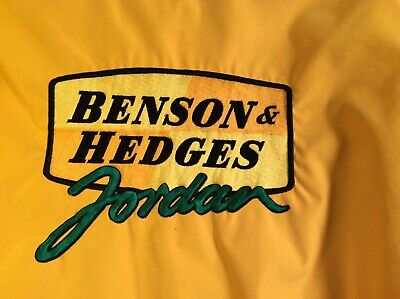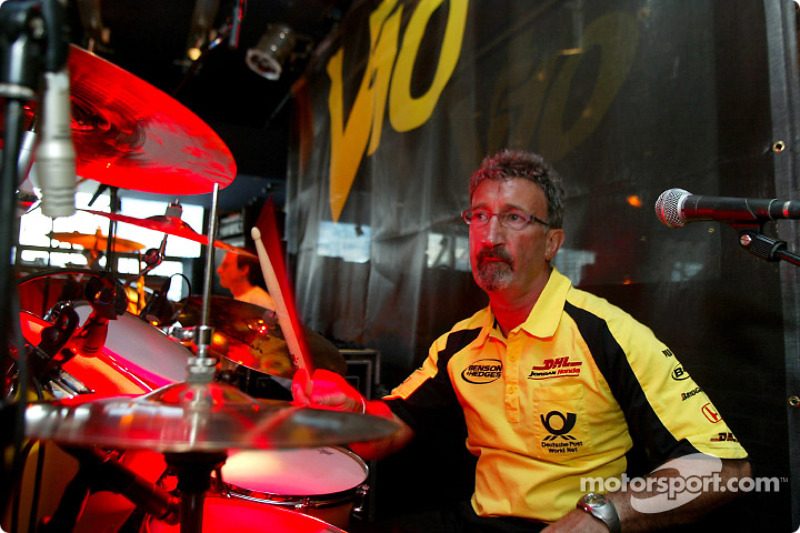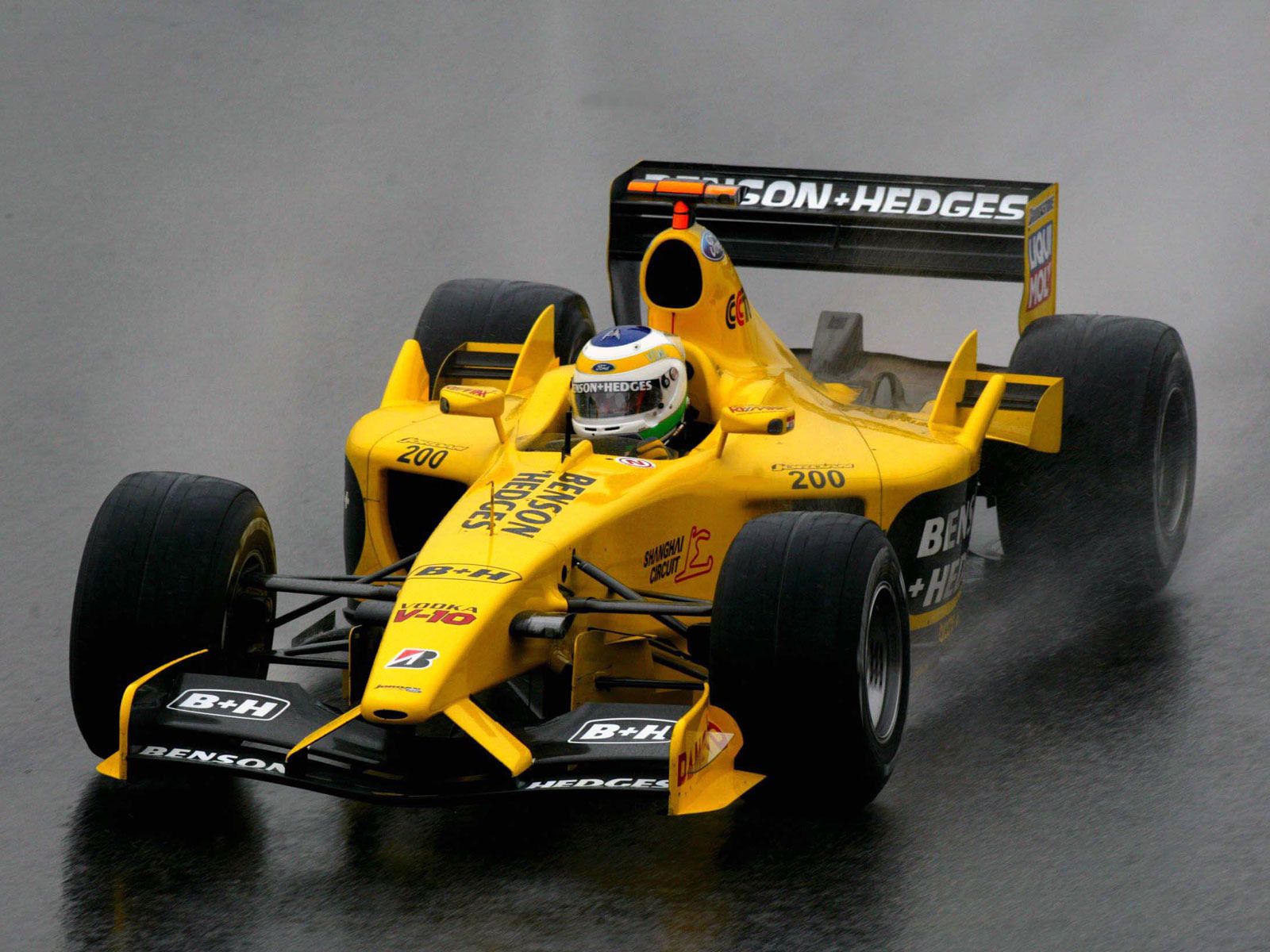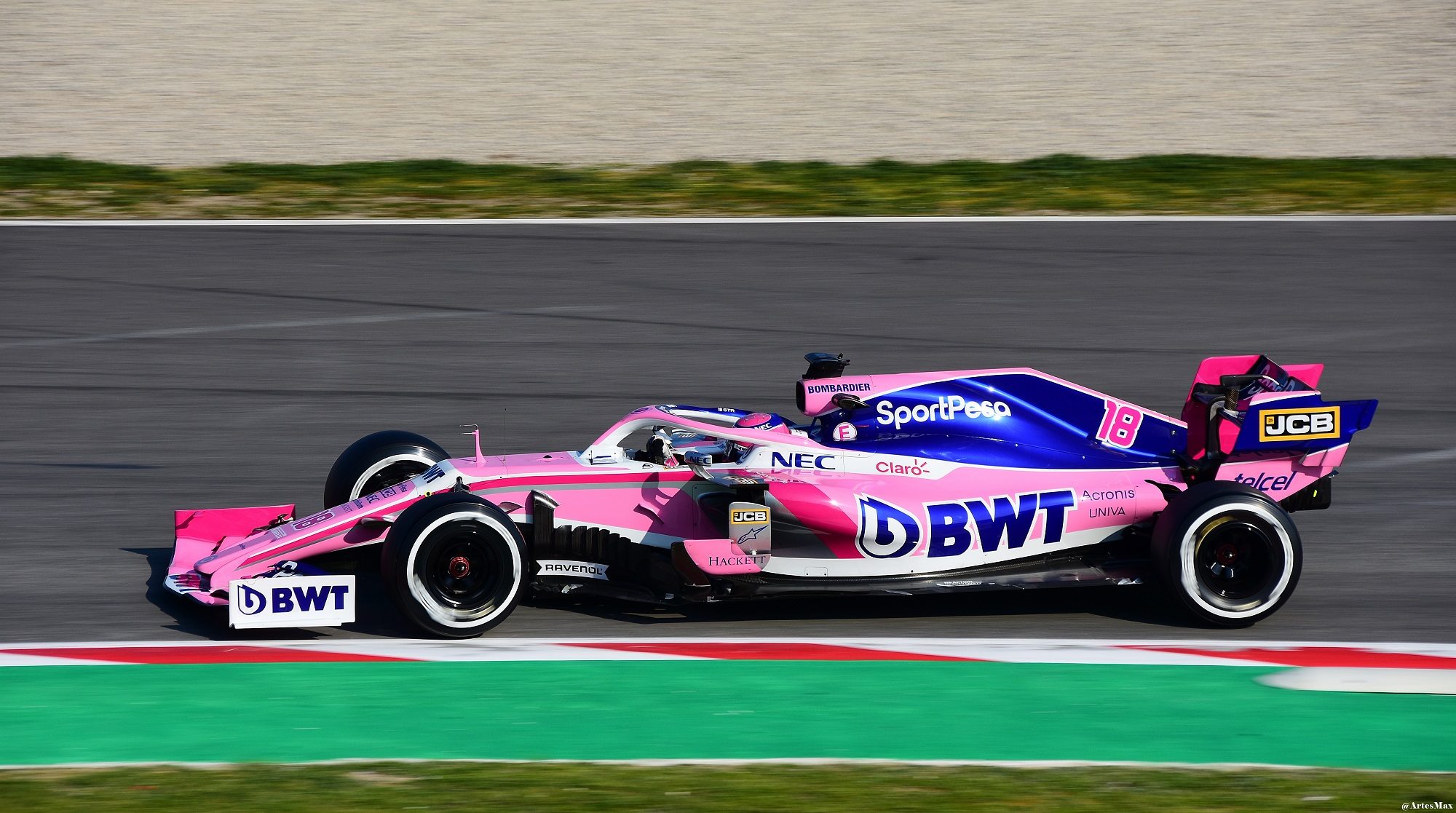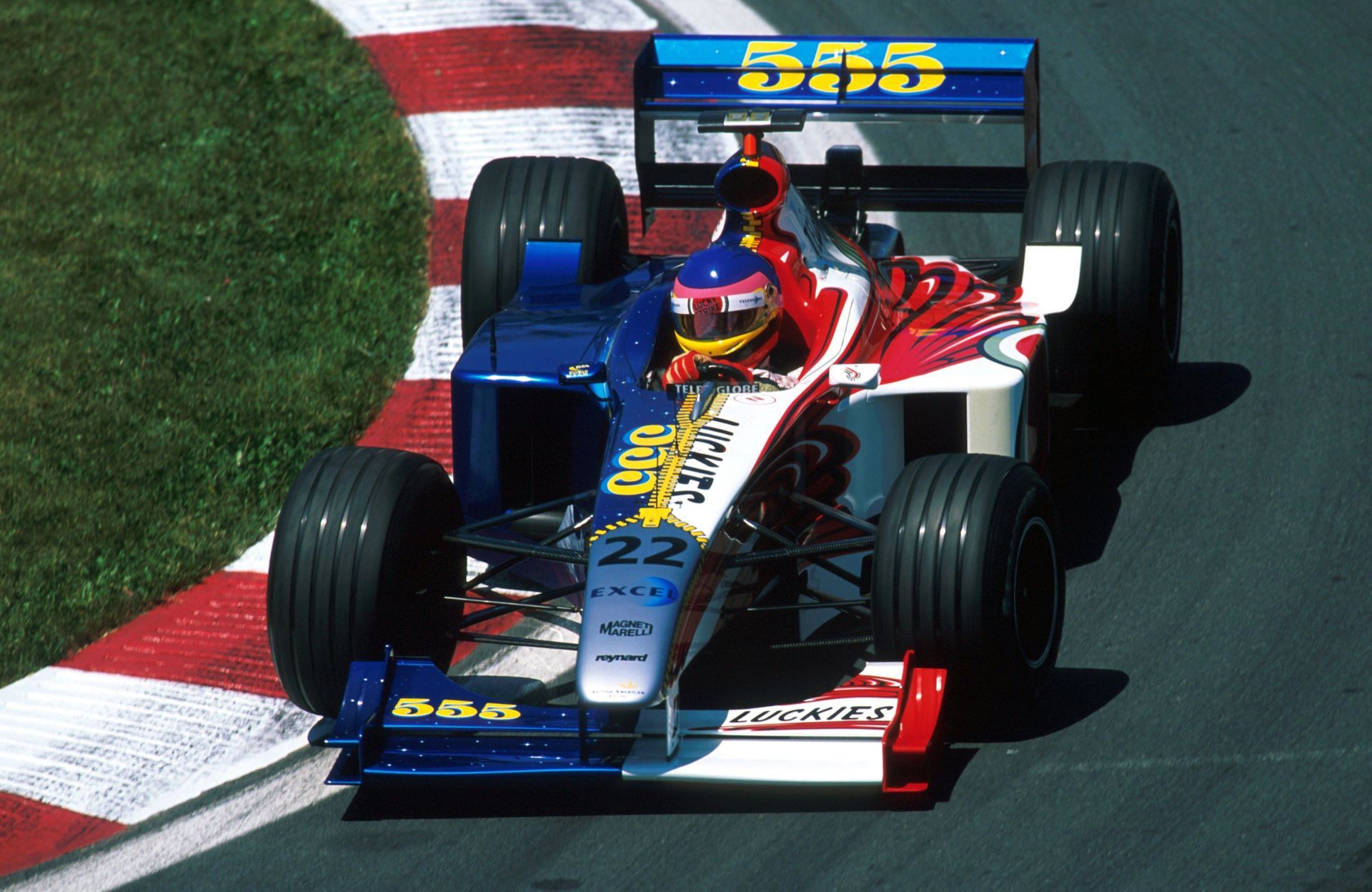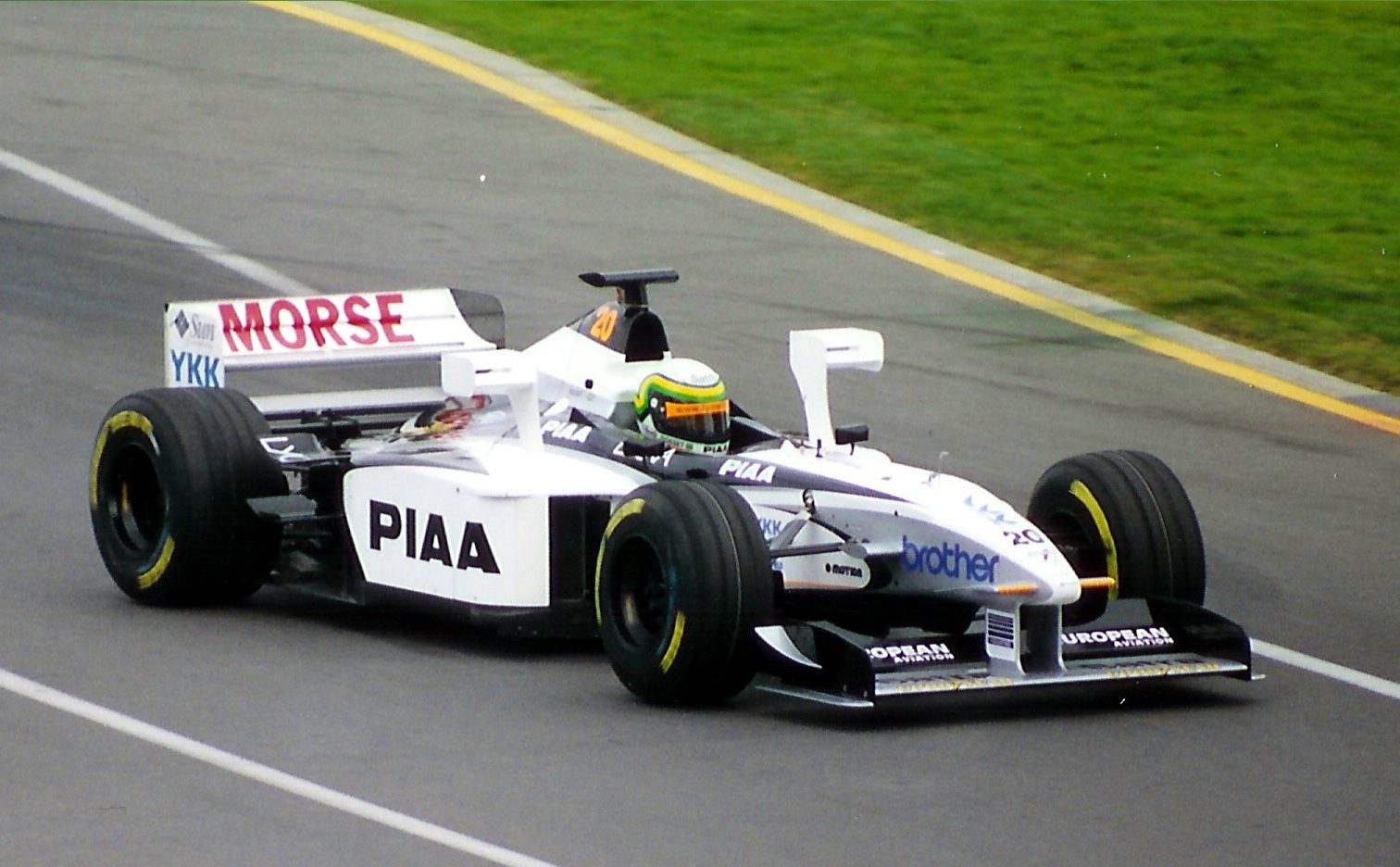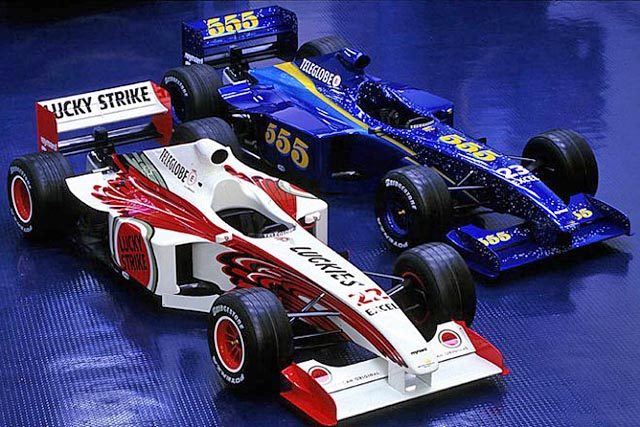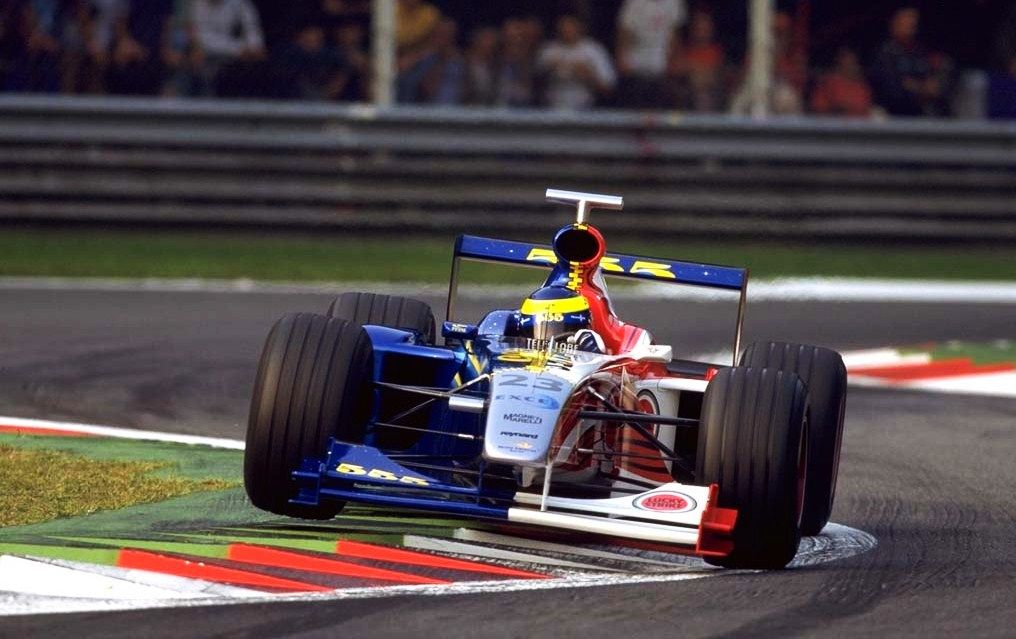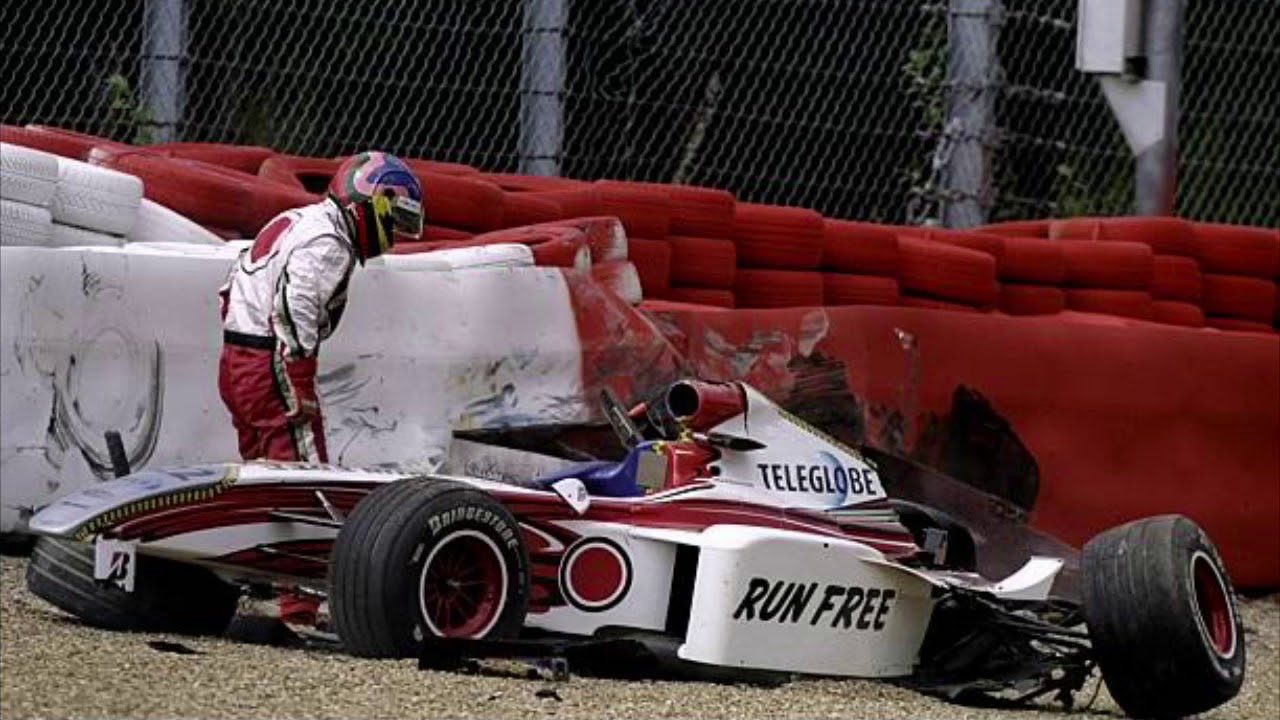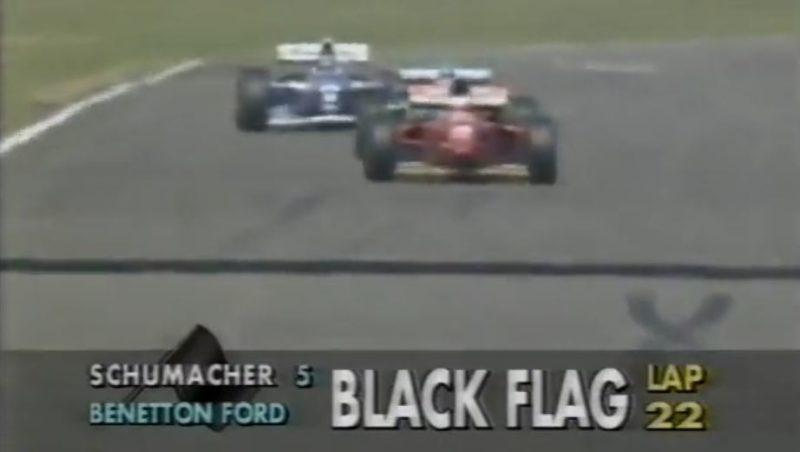A Load Of Pollocks - The BAR 001
Background
Tyrrell. Several things will immediately be circling through your mind when you hear that word; Jackie Stewart, the P34, Cosworth, Jean Alesi. One of the great innovators who had fallen on hard times by the 1990s. In 1998 Tyrrell was purchased by British American Tobacco who, long before Red Bull made the transition from sponsorship to team owners, had decided to take the unusual step of not being just a title sponsor but a team in their own right.
After a final whimper in 1998, Tyrrell did not make it to the 1999 Formula One grid. BAT as team owners had essentially purchased the team for nothing more than their slot on the grid. Tyrrell's assets were defunct, their factory closed down and BAT used the hollow Tyrrell had left on the grid to insert their all-new, big budget, ground-up team based in Brackley.
Three-time championship winners Tyrrell ended their life at the back of the grid with the 026 and Riccardo Rosset.
Grandiose Plans - Big Budgets & Big Names
The new team were given a healthy budget from their BAT superiors, such was their unwillingness to simply make up the numbers. This budget was used to underwrite serious players for what was promised to be a serious effort:
- Craig Pollock was given the senior team management role
- Thanks to Pollock, 1997 Formula One champion Jacques Villeneuve was the lead driver
- 1998 FIA GT World Champion Ricardo Zonta was given the second car
- Engineering and other technical support was provided by world-conquering Reynard
- Reynard also brought chief designer Malcolm Oastler, whose IndyCars had won eight times at the Brickyard
- Engines were sourced from ex-Renault Supertec units, which had powered 3rd & 5th in the previous year's constructor's championship
It was all very promising but Craig Pollock wasn't content to make an unassuming debut. Conspicuousness and controversy were the orders of the day. Adrian Reynard had long promised Pollock to help him set up a Formula One team if Pollock could find enough funding. BAT had aligned those stars for Pollock and Reynard.
His confidence was bubbling and at an early press conference detailing Reynard's involvement with the project, Pollock championed how Reynard had been in pole position in the first year and won in the second year of every series it had entered. Such was this confidence that Pollock brazenly claimed that BAR would win on its debut. Building a team around Jacques Villeneuve, a driver who had exploded onto the F1 scene in his first two seasons, success was merely destiny.
The Launch
The launch of the BAR 001 was one of the most bizarre and divisive launches in Formula One history. At a time when the resistance to tobacco advertising was beginning to gather momentum, BAT was adamant about selling their core product. So much so that it didn't just want
a mobile fag packet like Camel, Rothmans, Marlboro or West, it wanted
two of them.
The media and paddock was stunned. One white and red Lucky Strike car for Villeneuve, one blue and yellow 555 car for Zonta. The marketing department must have been very proud of themselves having gained recognised exposure for one brand popular in the Americas and another popular in Asian markets.
Amongst the amusement and tittering, it cannot be denied that each car was actually rather handsome.
Immediately the FIA prohibited these jumped-up new boys. You could not run cars in different liveries. Fine, rules are rules. They can choose from one of two very lovely liveried cars, right? That's not what BAR decided. They decided to forcibly get their messages across by creating a hybrid of the two liveries with a silver nose from which a zip ran down the car's "seam". This asymmetrical split livery was even
more controversial but as they were planning to run it for both cars making them "identical", it was permitted. Just.
The Racing Season
BAR was supposed to win on its debut. When the team arrived in Australia with their kitted out transporters and garages, every team and even Stewart Grand Prix, only in their third season themselves, were laughing at BAR's slogan
A Tradition Of Excellence. Hardly an apt motto for a team with no history. The team was quickly being written off as a vanity project; 555 and Lucky Strike weren't even
that well known in the F1-critical European market and nor in Australia where the season started.
For a team expecting or fantasising to win on their debut, Villeneuve's 11th place and Zonta's 19th place qualifying were hardly encouraging. The double DNF was just salt, vinegar and chilli poweder in the wound; Villeneuve was lucky to excape unhurt when his rear wing failed at 180mph whilst Zonta trundled round in the lower midfield before suffering a gearbox failure.
That set the tone for the rest of the season. Villeneuve, champion just two years previously and well capable of a top drive at almost any team, suffered a colossal
eleven consecutive DNFs. He failed to bring the car home until he finished 15th at the twelfth race of the season in Belgium. Coupled with Villeneuve's severe accident in Australia, Zonta broke his foot in qualifying for his home race in Brazil and missed three races. In his absence, Mika Salo secured BAR's best finish of the season with 7th in San Marino. Outside of the points.
Overall, BAR finished last in the constructor's championship. The only team to not score a point in 1999; Minardi's Marc Gene gained a solitary point at the Nürburgring and had Badoer's car not failed so very near the end it could have been a 4th place and even more comparative misery for BAR. With their massive budget, BAR finished plum last, not just behind Minardi and Arrows but
well behind other lesser-funded teams like Stewart, Sauber and Jordan, teams which rather famously did score points in their own respective debut seasons.
Zonta was outclassed by Villeneuve but there was very little to write home about.
Spa
After their split livery, there's one thing that the BAR 001 is most famous for. The double qualifying smash at Radillon. Two violent crashes which both drivers were lucky to walk away from.
First, Villeneuve lost control of his car on the run up through Radillon,
collided with the wall on the right bank of the track and rolled. The session was red flagged. Then, almost as soon as it was restarted,
Zonta's BAR was violently hurtling across the track at Radillon with no wheels and no wings. Craig Pollock recalled looking at the monitor and just thinking
"Jesus, this just cannot be happening!"
As it transpired, Villeneuve and Zonta both bet with each other that they couldn't go flat out through Eau Rouge. Crazy. Even crazier when you consider that Zonta still went and did it after Villeneuve only just walked away.
Lighting never strikes twice but anything can happen in Formula One and it usually does.
Examination - The Case For The Prosecution
The BAR 001 was, quite simply, terribly unreliable. A rear wing failure is a rare occurrence in Formula One but that is exactly what happened on its debut. Suspension failures were common as were engine failures, which leads on to another exhibit.
The Supertec engines were not good enough. 1997-spec machinery with no development was indicative of an inferior engine. In the two years that had elapsed since official Renault support, they just weren't as reliable as they had been as well as no longer being powerful enough. This was also a factor highlighted in the Benetton retrospective, with Williams also noticeably lacking in power the same year.
Reynard had little to no direct experience in Formula One. Certainly not enough to make the claims it had. Although it wasn't to be predicted at the time, they were also right on the cusp of their own demise. Reynard had overreached itself by expanding into almost every facet of motorsport and was in severe financial difficulties. By 2002, the firm collapsed from a once previously unimpeachable dominance.
When your technical partners are patching holes in their own work, it's hardly going to help you. Craig Pollock reflected extremely negatively on Adrian Reynard during the season, as was noted in several publications at the time.
Driverwise, Villeneuve was promised a team built around him but the promised performance wasn't delivered, a demotivating blow for a driver already crestfallen after his 1998 title defence crumbled before the first qualifying session was over. In Zonta's case, he struggled like a lot of the drivers new for 1999. The grooved slicks were difficult to get to grips with for those totally unfamiliar and without one year's experience under their belt.
Mitigation - The Case For The Defence
The season was unquestionably a disaster for BAR. Not just because they had squandered a huge budget but also because they set their own expectations too high, promised too much and failed to deliver. But as it is always said, any press is good press. BAR was the talk of the grandstands throughout the entire year. They weren't ignored which, whilst is only a crumb of comfort, is definitely not to be discounted.
The car wasn't necessarily uncompetitive, either. Although unreliable it frequently ran inside the top 10. Villeneuve was on course for a definite points finish and potentially a podium in Spain. Its pace wasn't what it was claimed to be but it wasn't catastrophic for a new team by any stretch of the imagination.
The biggest mitigation for salvaging the BAR 001 is that, to their credit, BAR learnt their lesson for their second season. They didn't persist with a losing formula. The Supertec units were replaced with Honda units, which would be the start of a fruitful relationship. The 002 was immediately better than the 001, scoring a double points finish at the first attempt on its way to 20 points and 5th in the constructor's championship, narrowly missing out on 4th on countback. A less controversial livery in sole Lucky Strike branding was a normalising act and retracting the wild claims of domination helped them settle in on their way to the upper midfield.
BAR's legacy from the 001 is that no matter how big your budget is, don't write cheques that you can't cash.




